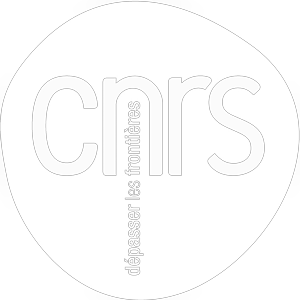Measuring Air Pollutant Concentrations and Fluxes
authors
keywords
- Concentration
- Emission
- Deposition
- Reactivity
- NH3
- Pesticides
- VOCs
- Particles
- O3
document type
COUVabstract
Estimating agriculture’s contribution to air pollution and global warming is needed to understand and limit its impacts on the environment and climate. It is equally important to estimate the capacity of agricultural practices to mitigate these emissions and to characterize atmospheric deposition and the impacts of air pollutants on agroecosystems. This chapter presents methods for measuring air pollutant concentrations, their fluxes at the soil-vegetation-atmosphere interface, and emissions from livestock facilities. Methods for measuring air concentrations are described with a focus on compounds emitted from or impacting agriculture (including forests): ammonia, nitrogen oxides, pesticides, volatile organic compounds including methane, abiotic and biotic particles, and ozone. The main methods for measuring emission and deposition fluxes of air pollutants between terrestrial surfaces, especially agroecosystems, and the atmosphere are described with a specific focus on the eddy covariance method as well as on emissions from livestock buildings. Then the general principles of source apportionment methods for estimating emissions spatial variability are presented. To address the questions on atmospheric chemistry, the methods used for measuring the reactivity of atmospheric compounds are presented. Finally, an insight is given on the developments of measurement methodologies to address new compounds and improve the sensors’ sensitivity and response time as well as provide estimates of spatial variability of concentrations and fluxes at larger scales.


